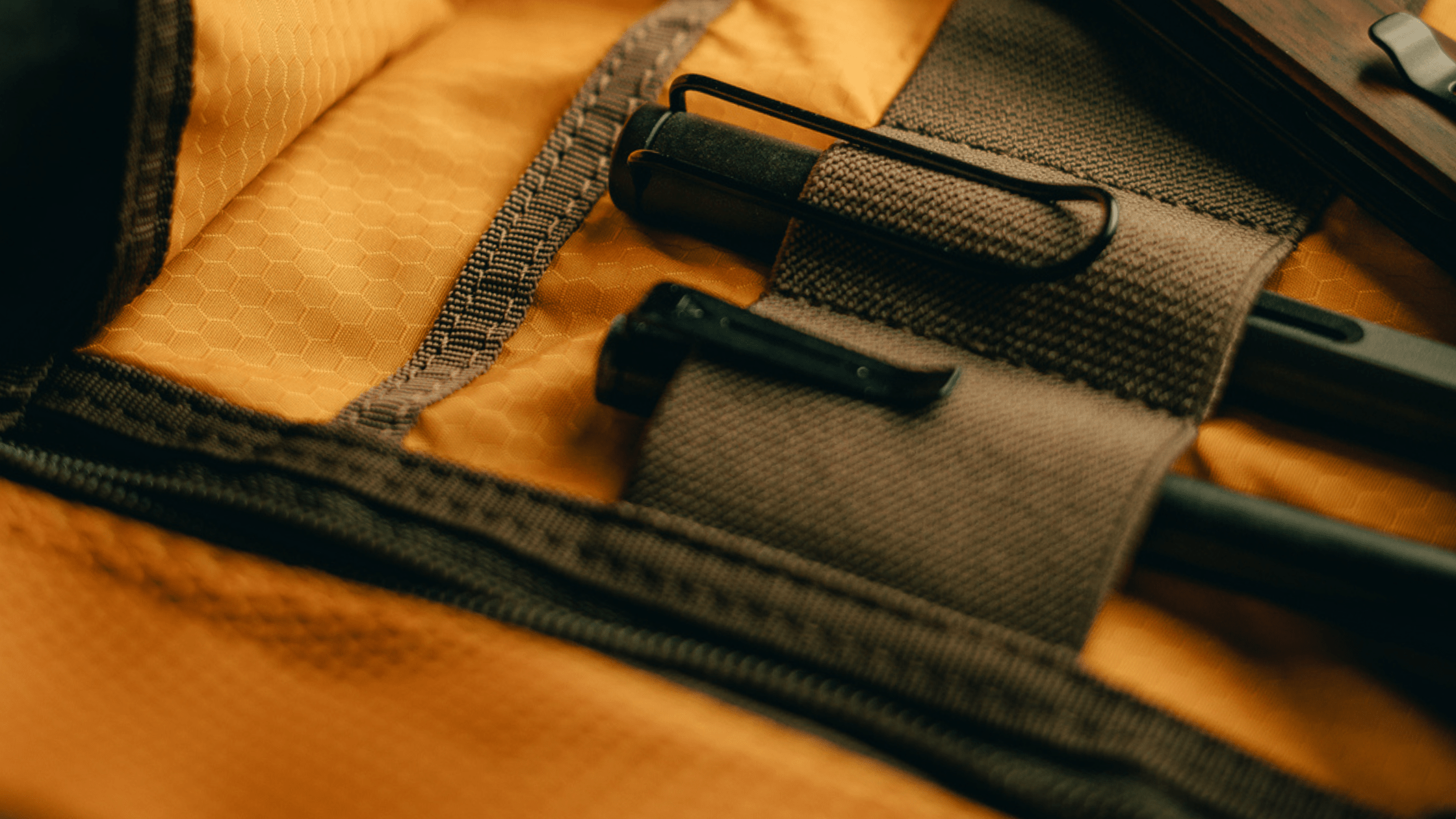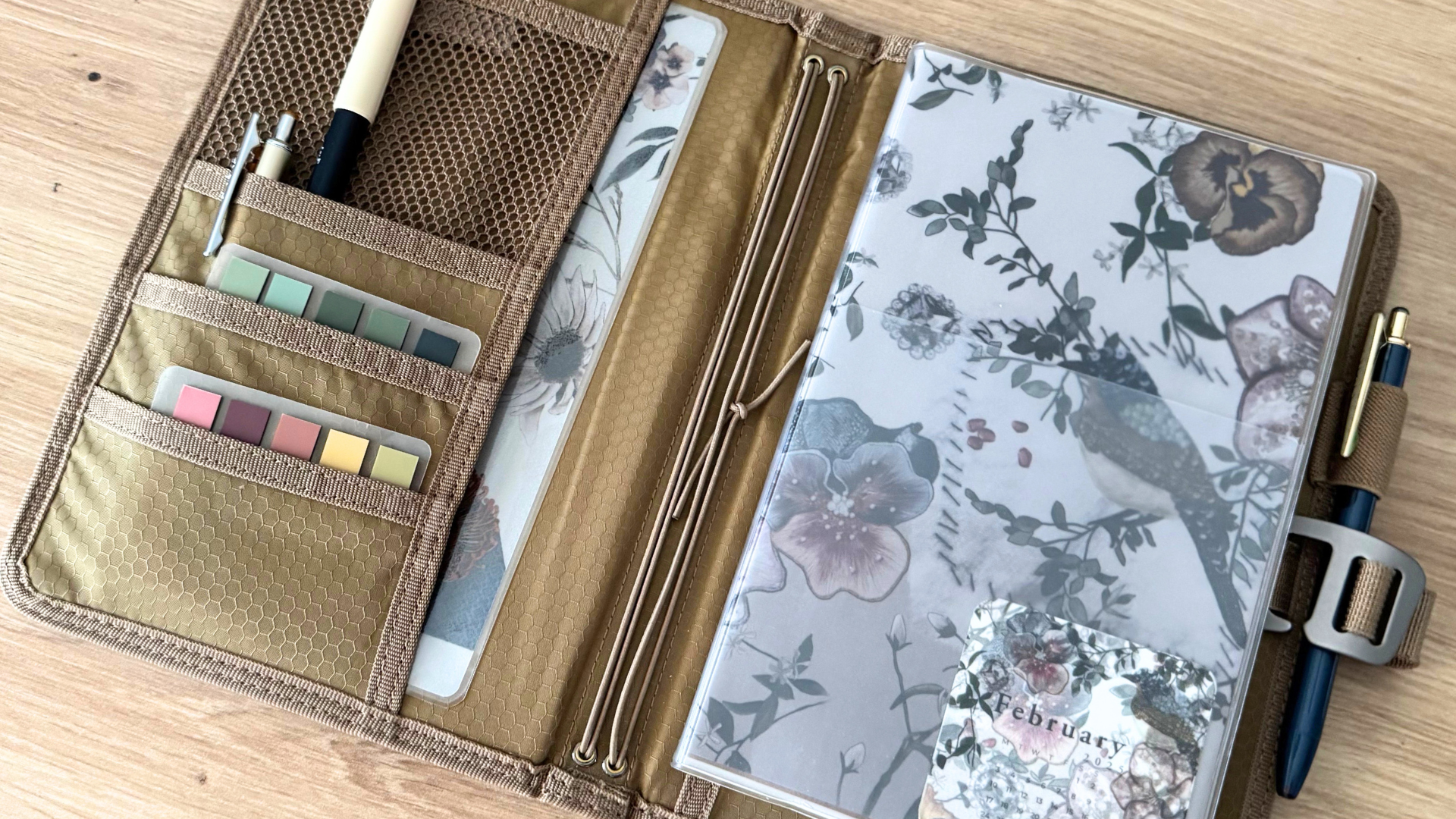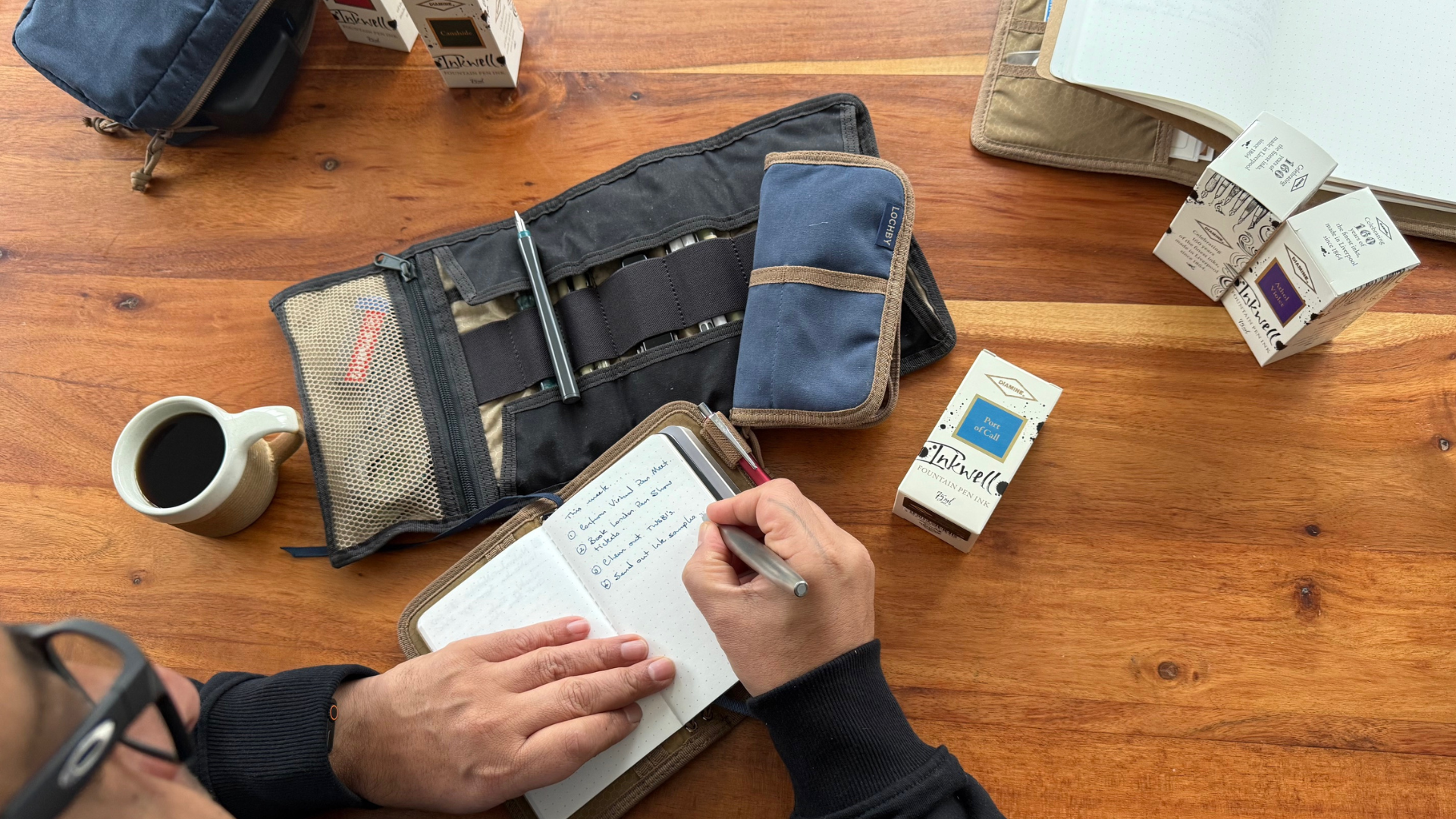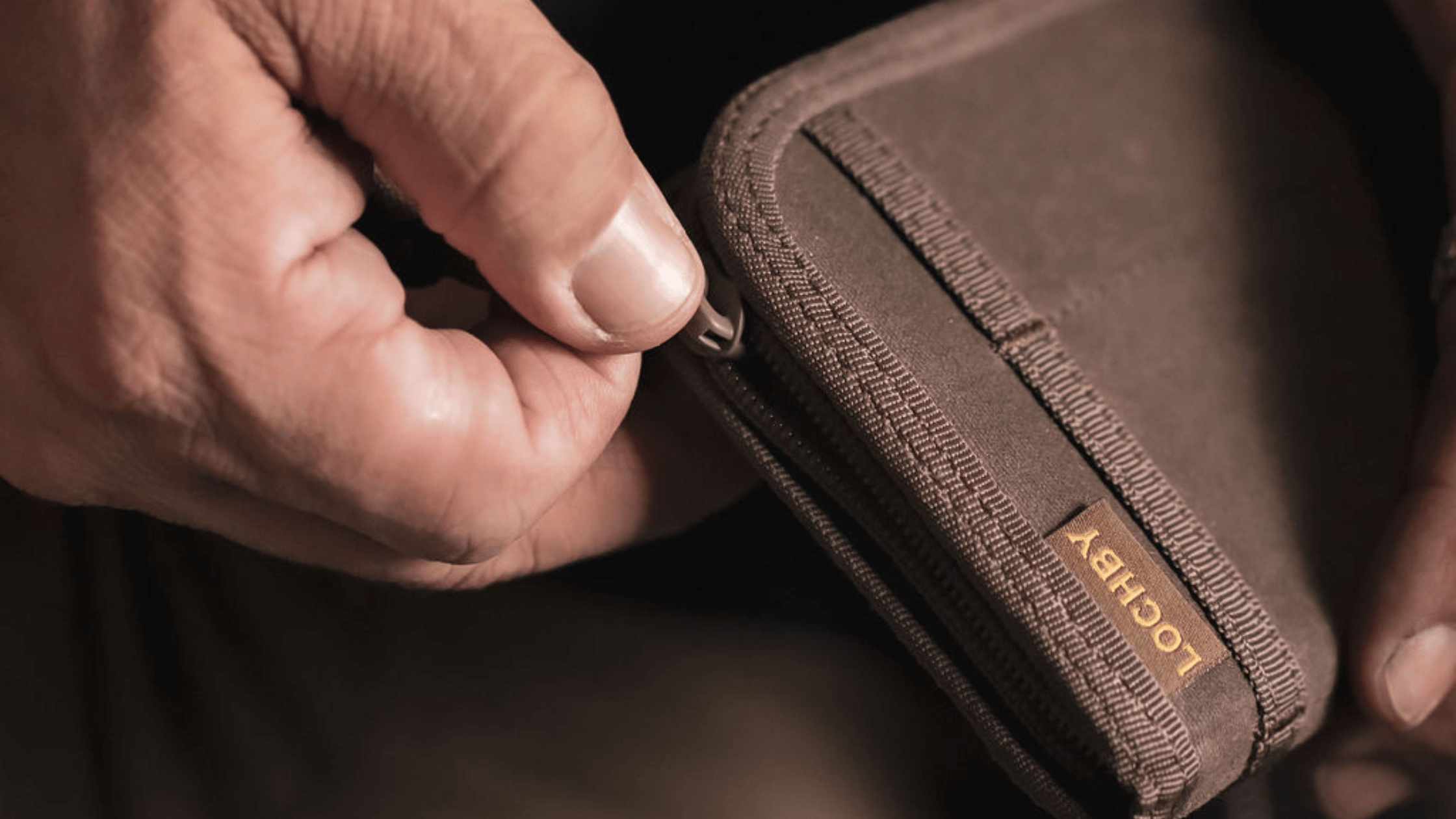“If you want to know all about Andy Warhol, just look at the surface of my paintings and films and me, and there I am. There’s nothing behind it.”
It’s nearly impossible to find someone who doesn’t know who Andy Warhol is. As the leading figure of the pop art movement during the 1950’s, safe to say that he was quite a legend: he utilized different mediums, including painting, silkscreening, photography, film, and sculpture, to showcase his art. What his creations have in common is how it delved into the connection between artistic expression, advertising, and the celebrity culture of the 60’s.
But what made him successful? Aside from his skills and talent as a visual artist, film director, producer, let’s take a look at what routines Warhol observed during his lifetime and see if we can find a few that will work as we go forward with our own creative pursuits!
1. Help can… well, help.
Between 1976 and 1987, Warhol started “keeping a diary” in the form of phone calls with his friend (and collaborator) Pat Hackett. This happened every morning at 9 in the morning and could last up to a couple of hours. During these calls, Warhol would recount what happened the day before—though the initial reason for having these calls was simply to keep track of the artist’s cash payments. It didn’t stay that way and it’s these phone conversations that are the basis of the book, The Andy Warhol Diaries.
Warhol also had help with many of his works. For example, he had studio assistants help him with his box sculptures back in 1963 using a factory assembly line approach. These sculptures replicated supermarket product boxes and looked so much like their real counterparts that they were nearly indistinguishable.
But what’s the point? What does this have to do with his daily ritual?
Some creatives work in isolation either by choice or because pop culture has painted it as the ideal life, but Warhol’s routine of employing help where he needed it obviously shows a lot of benefits that make it worth considering. He had more time to create, more freedom, and no doubt this allowed him to dabble in the many mediums he did.
2. His Time Capsules.
This isn’t to say it’s time to become a hoarder, but sometimes we can find invaluable treasures in the past, ones that can inspire us into creating in the present. Back in 1974, Warhol began the routine of not throwing away things, objects he used for what is known as his most extensive work called the Time Capsules. This work involved 569 cardboard boxes, 20 filing cabinets, and a steamer trunk, filled, sealed and sent to storage, containing various ephemera: letters, photos, publications, recordings, clothing, food, medicine, toys, antiques, ticket stubs, artworks, and other items.
While it’s not necessary for us to keep every little object or trinket that ends up in our hands during our lifetime, surely, a few of them are worth keeping for their sentimental value. Somewhere down the road, these things will become precious mementos, keepsakes to remind us of important moments: childhood memories, amazing milestones, great lessons, and so on.
3. He collaborated with others.
More than an artist, Warhol was also an entrepreneur. Throughout his life, he collaborated with various artists, not to mention brands. According to him: “Being good in business is the most fascinating kind of art. Making money is art and working is art and good business is the best art.” But aside from the business aspect of it, what these collaborations did was bring his creative visions to life.
The great thing about collaborations in general is how it benefits everyone involved. There may be a period of adjustment in the beginning: people will likely have to compromise, give way to others, and not every idea may be possible. But this is an amazing opportunity to cultivate creativity further—to find solutions to make a project, spearheaded by a diverse set of creative people, doable. If anything, it’s a chance to learn from other creatives just like you.
4. He recorded his daily life.
A lot of us imagine Warhol as a Polaroid and tape recorder-carrying guy—and this is understandable and pretty close to reality because he had a habit of documenting his daily life: may it be an occasion with celebrities or his business meetings. As a result, he had a lot of source material which he used for his art.
Technology isn’t all bad even though a lot of us choose to stay with the analog lifestyle: many of our gadgets today allow us to do the same thing as Warhol has done, recording our daily lives, and it’s from these rituals that we can draw inspiration from. As usual, there is always the option to use words or even sketches instead—another medium to embody portions of what happens everyday and put it on paper forever.
Conclusion
What rituals from the ones mentioned above do you already observe daily? Are there any routines of yours similar to the ones Warhol had? What other rituals help you with every creative’s drive to make and create?
Share it with us in the comments below—we’d love to hear what your story is!





Share:
Why Learn A New Skill? Here Are 4 Reasons!
How To Journal Like Marie Curie